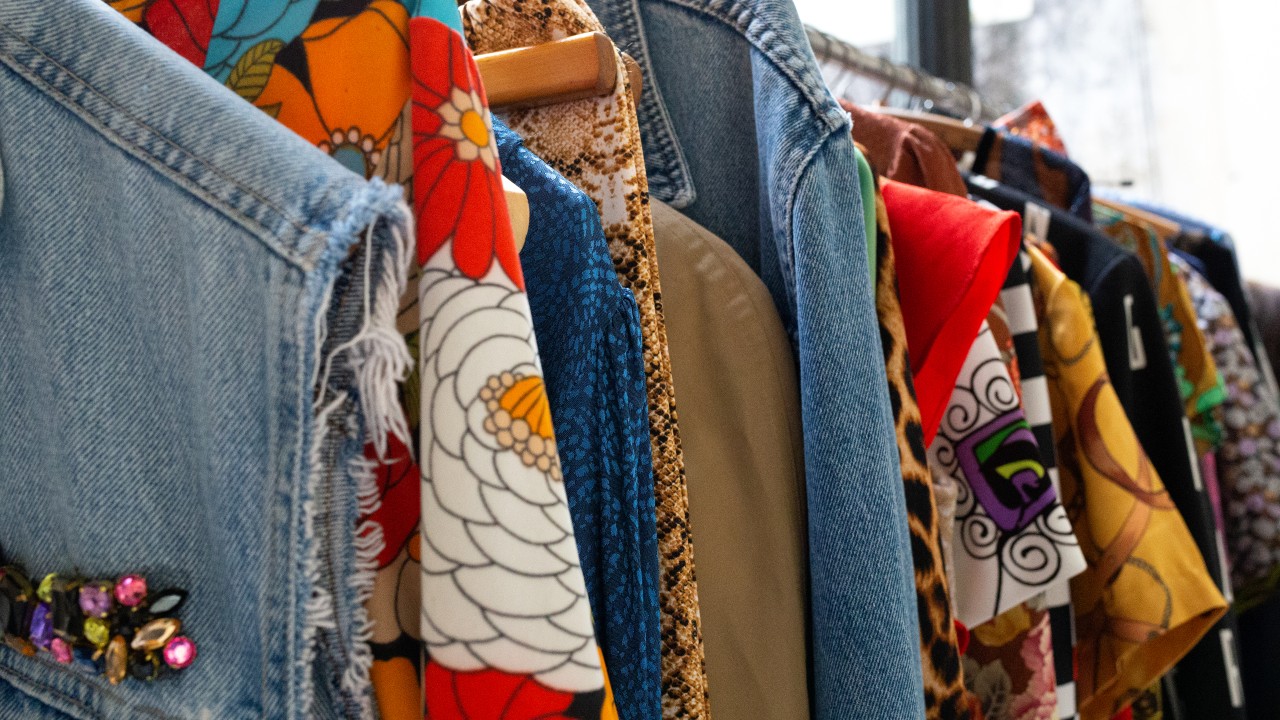The global resale market for second-hand clothing is not only thriving—it’s transforming the way the apparel industry operates. At the heart of this movement lies the growing trade in wholesale second-hand clothing, especially in the form of bales of clothing. For import/export traders, e-commerce entrepreneurs, and sustainability-driven businesses, this trend is opening up scalable, high-margin opportunities around the world.
Increased consumer focus on affordability, sustainability, and unique fashion choices is fueling this global trend. According to ThredUp’s annual resale report, the global second-hand apparel market is expected to reach $350 billion by 2027. The booming business of second-hand clothing bales is one of the key drivers behind this growth—connecting donations and excess retail inventory with emerging market demand.
What is a Bale of Clothing and Why Does It Matter?
A bale of clothing refers to a compressed bundle of pre-owned garments, typically wrapped in plastic or fabric and sorted by type, quality, and season. These bales can range from 45 kg to 100 kg or more and are often categorized into summer wear, winter clothing, children’s garments, jeans, or branded apparel.
For resellers and importers, these bales are cost-effective packages that allow them to purchase large volumes of wearable second-hand clothes at wholesale prices. The profitability lies in the ability to resell individual items at a markup that’s often several times the cost of acquisition—especially in markets where affordable clothing is in high demand.
Global Demand Hotspots for Second-Hand Clothing
The resale economy for second-hand clothes has become a global phenomenon. Key markets for 2nd hand clothing bales include:
1. Africa
Countries such as Kenya, Ghana, Nigeria, and Rwanda have long-standing markets for used clothing, often known locally as mitumba or okirika. Here, importers buy clothing bales for sale and resell the garments in local markets, sometimes even establishing retail shops or wholesale networks.
2. Southeast Asia
Vietnam, the Philippines, and Cambodia have seen significant increases in second-hand imports due to both economic demand and the region’s growing fashion-conscious youth population.
3. Latin America
Nations like Chile and Guatemala have developed robust import channels for second-hand clothing, turning bales into full-fledged retail ecosystems.
4. Eastern Europe and Central Asia
In Ukraine, Georgia, and Kazakhstan, second-hand apparel has become increasingly popular due to its affordability and quality compared to locally available alternatives.
These regions offer ideal entry points for e-commerce sellers, small businesses, and importers seeking to scale efficiently without the high costs of manufacturing new garments.
How to Source Wholesale Second-Hand Clothing
For those new to the industry, sourcing wholesale second-hand clothing can seem complex—but it boils down to establishing relationships with reputable suppliers and understanding local market needs.
Here are the most common sourcing methods:
Direct Purchase from Clothing Bale Suppliers
Experienced importers often buy directly from established clothing bale suppliers who specialize in sorting and packaging used garments for resale. Many suppliers operate out of the U.S., Europe, or China, where they collect donations, sort items, and ship internationally.
Auctions and Liquidation Sales
In North America and Europe, retailers frequently liquidate excess inventory or returned goods, which can be bundled into bales and auctioned at discounted prices.
Partnerships with NGOs or Charities
Some resellers work with nonprofit organizations or recycling programs that collect donations and sell clothing to raise funds—offering a consistent and ethical source of second-hand inventory.
Tips for Choosing the Right Clothing Bale Supplier
The quality and profitability of your resale business depend heavily on the supplier you choose. When evaluating a clothing bale supplier, consider the following:
- Sorting Quality: Garments should be categorized by condition, size, style, and season.
- Transparency: The supplier should provide detailed packing lists or bale compositions.
- Shipping Reliability: Ensure they offer global shipping with tracking and proper documentation.
- Customer Support: A responsive and knowledgeable team helps resolve issues quickly.
Many buyers rely on established suppliers like Indetexx for consistent quality and sorting expertise. With experience in global shipping and rigorous quality control, such suppliers can help reduce the risks associated with importing used clothing.
Building a Profitable Resale Business
The resale of second-hand clothing is profitable when approached with planning and market insight. Margins often range from 200% to 500% depending on location, consumer demand, and item condition. Here’s how to structure your business:
1. Market Research
Study what types of clothes sell best in your region. In tropical countries, lightweight, branded summer wear may outperform heavy winter apparel.
2. Pricing Strategy
Determine whether you’ll sell per item, per kilo, or offer bulk discounts. Many successful resellers combine retail and wholesale approaches.
3. Sales Channels
- Offline: Street markets, pop-up shops, or local retail stores.
- Online: Facebook Marketplace, WhatsApp groups, or your own e-commerce store.
- Wholesale: Sell bales or pre-sorted bundles to smaller retailers.
4. Logistics
Be sure to calculate import duties, customs clearance fees, and transportation costs into your pricing model.
5. Brand Building
Stand out by offering curated selections or cleaning and repackaging garments professionally. Adding value through presentation and branding can significantly increase margins.
The Role of Online Platforms
While traditional importers still dominate the market, a growing number of entrepreneurs are turning to digital platforms to expand their reach. Using the best second-hand clothing websites can help sellers reach new audiences, establish credibility, and streamline logistics.
Websites such as ThredUp (for B2C) or B2B marketplaces that connect directly with clothing bale suppliers are becoming essential tools in the resale business. E-commerce integrations and social media also make it easier to showcase inventory, accept payments, and engage customers.
Conclusion: Why Second-Hand Clothing Is the Business of the Future
From environmental impact to financial returns, the resale industry is poised to reshape global fashion commerce. A growing preference for affordable, sustainable clothing is fueling this transformation, with second-hand clothing bales serving as a practical and profitable foundation.
For aspiring importers, resellers, and digital entrepreneurs, the opportunity is clear: find the right clothing bale for sale, work with trusted suppliers, and tailor your approach to the needs of your target market.
Whether you’re sourcing from one of the best second-hand clothing websites or importing directly from a clothing bale supplier, the scalability and global potential of this industry make it a compelling business venture in 2025 and beyond.
Read More From Techbullion



































